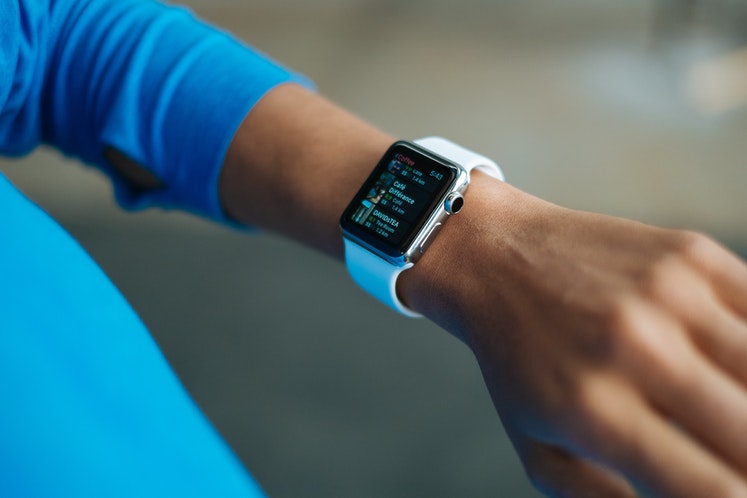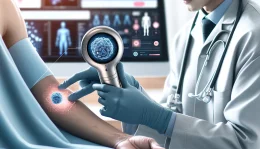For the past decade, wearable devices have been marketed in the health and fitness niche as providing numerous advantages to the wearer. But how effective are these devices? Are they just for show, or do they yield tangible benefits?
The Origins of Wearable Devices
Wearable devices – i.e. those with digital displays and internet connectivity – may be recent additions to the marketplace, but health and wellness wearables have been around for decades – even centuries.
Dating all the way back to early centuries, people have relied on birthstones in jewelry to provide a diverse array of benefits. As Estate Diamond Jewelry explains, “Birthstones have long been believed to bring a combination of good luck, good health, prosperity, love and many more benefits to the wearer. Each stone is associated with a particular month is a tradition going back as far as the 15th century.”
Then you have copper bracelets, which were first worn in ancient Egypt and most recently enjoyed a stretch of popularity in the late 20th century.
“For those who advocate the use of copper bracelets, proposed benefits focus on reducing joint inflammation and easing pain,” Glenda Taylor writes for Livestrong.com.
Even more recently, between 2007 and 2011, companies like Power Balance marketed silicon bracelets that were supposed to improve balance in athletes. While the product ultimately turned out to be a sham, millions of units were sold along the way.
The Practical Health Benefits of Wearable Tech
While wearables from past decades and centuries often come with controversy, there’s reason to believe that today’s wearable devices are actually beneficial. At the very least, they have the potential to become beneficial in the near future.
The jury is still out on many of the claims wearable device manufacturers make, but here are some trends and developments worth keeping an eye on.
1. Clinical Trial Data Collection
One of the more intriguing aspects of this conversation is the usefulness of wearable devices in clinical trials. Not only do they allow clinical data to be collected and analyzed in real-time, but they also make it easier for researchers to find willing participants.
Apple has released an app called ResearchKit, which works in conjunction with iPhones and Apple Watches and allows researchers to collect invaluable information from users.
“Within a day of ResearchKit’s launch, 11,000 volunteers signed up for a Stanford University cardiovascular trial. Prior to this innovation, Stanford said it would take a year to reach that level of participation,” George Clinical explains. “Another ResearchKit app, mPower was launched last year. Within six hours, 7,406 people had enrolled in the Parkinson’s study through the application. Prior to that, the largest study group was 1,700.”
The hope is that this technology will only continue to improve, which will further increase the rate of participation and enhance the data sets researchers can access.
2. Chronic Disease Management
Wearables offer a lot of promise in terms of monitoring and addressing chronic diseases, such as diabetes. Several technologies are in the works right now and a few have already been tested with positive results.
For example, Verify (formerly known as Google’s Life Science) has teamed up with a company called Dexcom to develop a wearable tracker that diabetics can use to monitor their glucose levels around the clock. It consists of a disposable needle that goes just under the skin and a patch that sits on top and houses the electronics used to measure and transmit data to Bluetooth devices.
The hope is that technology like this could help diabetics live a more normal life – one where they have continuous access to potentially life-saving information.
3. Health Awarenes
Finally, there’s a lot of value in simply being aware of your health at all times. Something as simple as wearing a Fitbit or Apple Watch allows individuals to stay on top of heart rate, physical activity, calories burned, steps taken, etc. When these metrics are on the top of someone’s mind, it makes them more likely to practice smart, healthy habits.
Poised for Breakthrough
There are certainly some signs that indicate a positive correlation between wearables and health and wellness, but the expectations are for more benefits to emerge in the near future. Staying aware of what’s happening in this niche will prove to be highly useful as the marketplace evolves.










